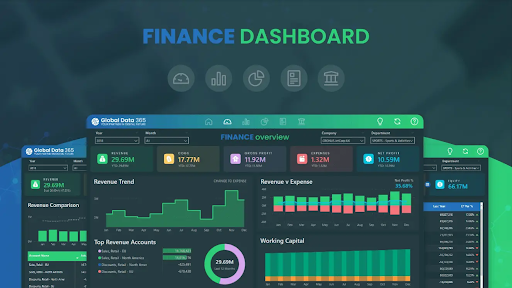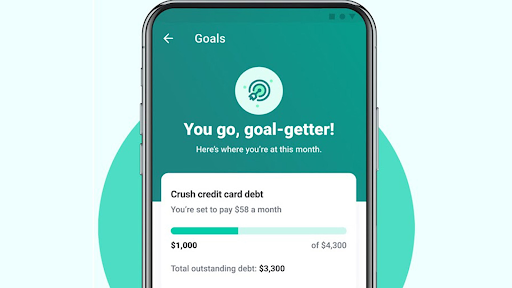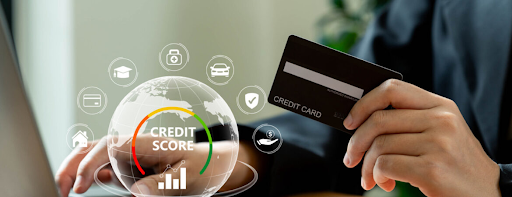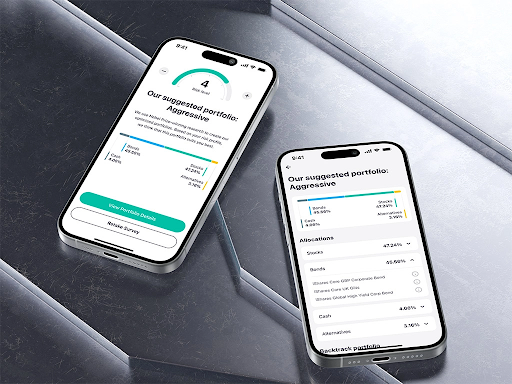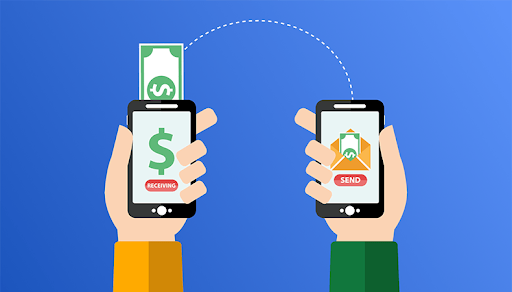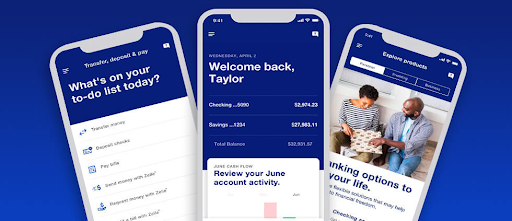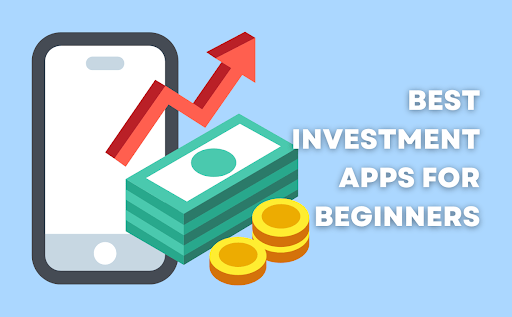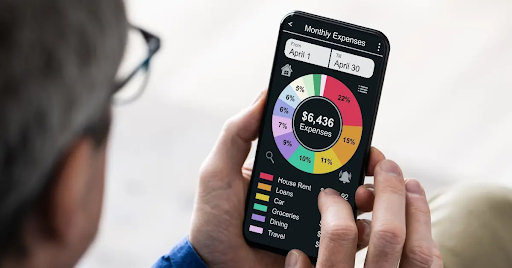In today’s complex financial world, simply knowing your bank balance isn’t enough. For U.S. residents navigating everything from fluctuating expenses to investment portfolios and debt repayment, a holistic view of their finances is no longer a luxury – it’s a necessity. This is where personal finance dashboards come into play, serving as powerful finance technology apps that aggregate all your financial data into one intuitive, visual hub.
These dashboards are transforming the way Americans manage their money, providing real-time insights, streamlining financial planning, and empowering users to make informed decisions to achieve their wealth-building goals.
What is a Personal Finance Dashboard?
Imagine a cockpit where every dial and gauge provides immediate, crucial information about your financial journey. That’s essentially what a personal finance dashboard offers. It’s a centralized, often interactive, visual display within a financial app that consolidates data from all your linked accounts:
- Bank Accounts: Checking, savings, money market.
- Credit Cards: Balances, limits, utilization. (Average credit card debt in the U.S. was around $6,434 in May 2025.)
- Loans: Mortgages (average $263,923 in Q4 2024), auto loans (average $24,373 in Q4 2024), student loans, personal loans. (Total U.S. household debt hit $18.203 trillion in Q1 2025.)
- Investments: Brokerage accounts, retirement plans (401k, IRA).
- Property: Home value, other real estate.
The dashboard then presents this data through charts, graphs, and summary figures, giving you an at-a-glance understanding of your financial health.
How Personal Finance Dashboards Work
The magic of these dashboards lies in their ability to securely connect and synthesize information from disparate financial institutions. Here’s the typical process:
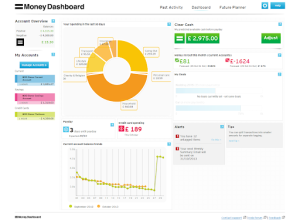
- Secure Account Linking: You provide your login credentials for various banks, credit card companies, and investment firms within the app. These apps use bank-level encryption and secure protocols to access your data (read-only access).
- Data Aggregation: The app pulls in your transaction history, account balances, investment holdings, and debt details from all linked sources.
- Categorization and Organization: Transactions are automatically categorized (e.g., groceries, utilities, dining out). Many dashboards allow for customization and manual adjustments to these categories.
- Visualization: The raw data is transformed into easy-to-understand visual representations:
- Net Worth: A running total of your assets minus your liabilities.
- Income vs. Expenses: Charts showing your cash flow trends.
- Spending Categories: Pie charts or bar graphs illustrating where your money is going (e.g., average monthly housing expenses are around $2,120, transportation $1,098, and food $832).
- Debt Progress: Visuals tracking your payoff journey for various loans.
- Investment Performance: Graphs showing how your portfolio is performing over time.
- Alerts and Insights: Many dashboards provide proactive notifications for low balances, upcoming bills (average U.S. electricity bill around $149.20 per month, average cell phone bill $150-$160), large transactions, or progress toward financial goals.
The Unbeatable Benefits of Using a Personal Finance Dashboard
For U.S. consumers, a personal finance dashboard offers a wealth of advantages:
- Complete Financial Overview: No more logging into multiple accounts. See your entire financial life in one place, instantly.
- Informed Decision-Making: With clear data, you can make smarter choices about spending, saving, investing, and debt repayment.
- Enhanced Budgeting: Easily track your spending against your budget in real-time, helping you identify areas for savings and adjust habits. (Americans spend an average of $90/month on subscriptions, with $17/month on unused ones, highlighting a potential area for savings).
- Debt Management & Acceleration: Visualize your total debt, track payoff progress, and identify opportunities to allocate more funds towards becoming debt-free.
- Investment Tracking & Analysis: Monitor your portfolio performance, diversification, and asset allocation, helping you stay on track for long-term growth.
- Fraud Detection: Quick identification of unusual transactions or new accounts opened in your name can be crucial for preventing identity theft.
- Goal Setting & Progress: Clearly see how your current financial actions are impacting your long-term goals (e.g., retirement, buying a home).
- Tax Preparation Simplification: Categorized spending and income data can streamline the process of gathering information for tax season.
- Peace of Mind: Reduce financial anxiety by having a clear, up-to-date picture of your money.
Top Personal Finance Dashboards for U.S. Users
The market offers several robust finance technology apps that excel as personal finance dashboards in the U.S.:
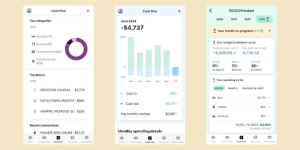
- Empower Personal Dashboard (formerly Personal Capital):
- Best For: Comprehensive net worth tracking and investment analysis.
- Key Features: Robust investment tracking, fee analyzer, retirement planner, cash flow and budgeting tools. It’s free to use, as they monetize through offering human financial advisory services for higher net worth individuals.
- Monarch Money:
- Best For: Modern interface, highly customizable budgeting, and collaborative features for couples/families.
- Key Features: Automated transaction import, detailed budgeting, goal tracking, net worth, and a strong community feel.
- Considerations: Subscription-based, but offers a very polished and comprehensive experience.
- Simplifi by Quicken:
- Best For: Strong balance between comprehensive features and user-friendliness, from a long-standing financial software company.
- Key Features: Real-time spending tracking, customizable budgets, personalized insights, subscription management, and basic investment tracking.
- Considerations: Subscription-based, but offers a good mobile experience.
- Quicken Classic (Desktop with Companion App):
- Best For: “Power users” who want ultimate control and detailed management of every financial aspect, including robust investment and tax planning.
- Key Features: Most feature-rich, supports complex scenarios, integrates with tax software, and offers extensive reporting.
- Considerations: Primarily desktop software with a companion app, steeper learning curve, and annual subscription fee.
- NerdWallet:
- Best For: Free access to credit score monitoring, basic financial tracking, and extensive financial education.
- Key Features: Tracks transactions, net worth, cash flow, and offers free credit score details. Monetizes through product recommendations.
- Considerations: More focused on basic tracking and recommendations than deep budgeting or investment analysis.
Conclusion
In an era where managing complex finances can feel overwhelming, personal finance dashboards offer a beacon of clarity and control for U.S. consumers. These essential finance technology apps provide a unified, real-time view of your entire financial universe, enabling you to move beyond guesswork and towards data-driven decision-making.
By consolidating your income, expenses, debts, and investments into a single, intuitive interface, a personal finance dashboard empowers you to identify trends, pinpoint areas for improvement, and accelerate your progress towards financial freedom. Make the smart choice to integrate one into your financial routine – it’s an investment that pays dividends in clarity, confidence, and control over your financial future.

